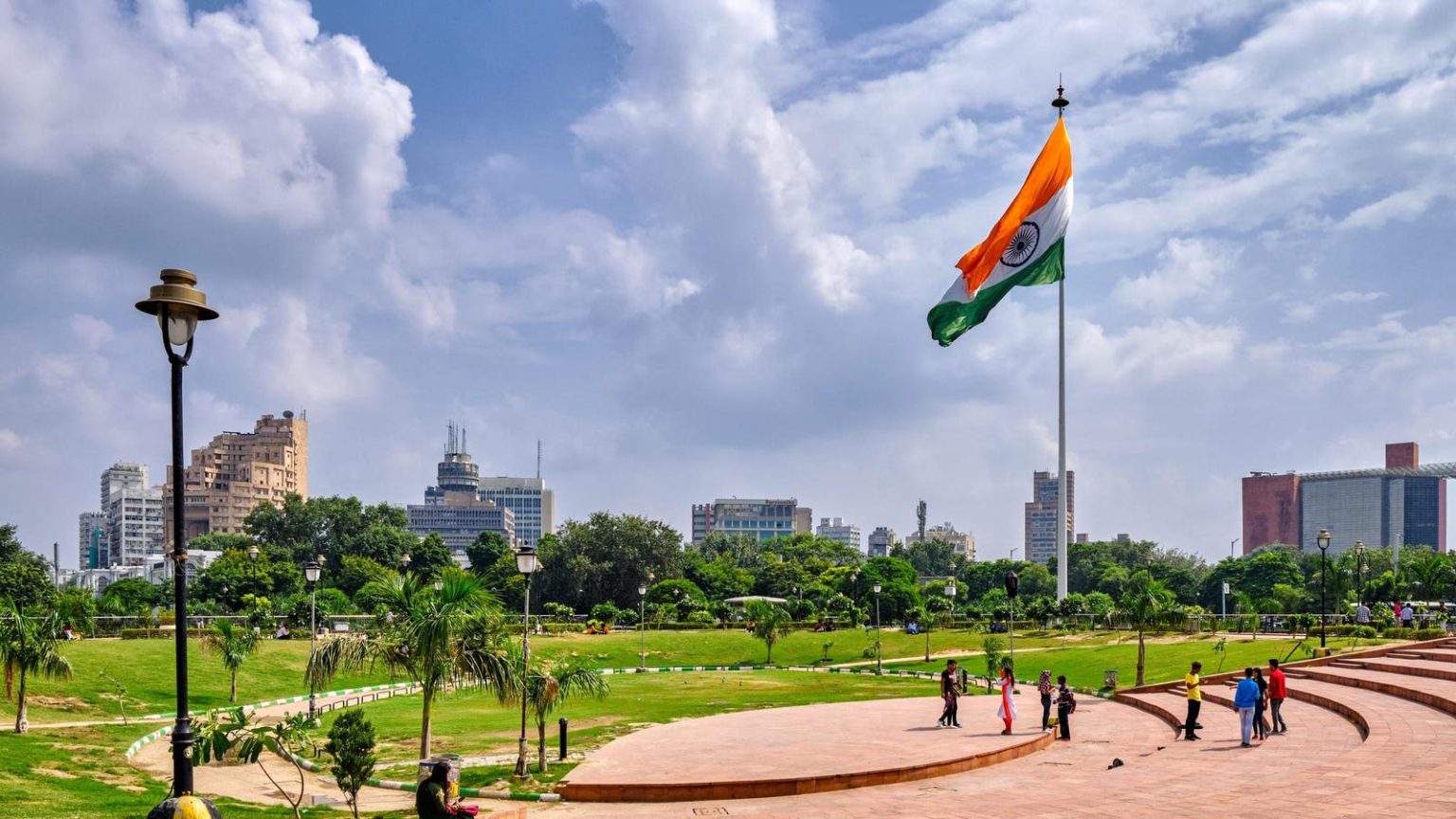India’s economy has defied global trends in the past year, showcasing robust growth of 7.8% in the 2023–24 fiscal year, surpassing the G20 average. However, the OECD projects a slowdown to 6.6% growth in FY 2024–25 as global demand wanes and tighter monetary policies are implemented to manage global inflation. Despite this, India’s growth rates are above the G20 average of 3.1% for both 2024 and 2025 but do not meet the government’s target of 7% to 7.5% by 2030. With India’s working-age population reaching its peak in 2030, the country must leverage its labor force to realize its full economic potential and alleviate poverty.
To achieve sustained growth and capitalize on its demographic dividend, India must boost private investment, enhance its manufacturing sector, and address infrastructure bottlenecks, as highlighted by S&P Global. Private sector investment in India has declined, posing a challenge to long-term growth. The government’s high capital spending has increased the fiscal deficit and debt-GDP ratio, making it crucial for growth and private investments to increase to manage these challenges while sustaining spending on social programs. Initiatives such as banking sector reforms, improvements in corporate balance sheets, and a pick-up in credit growth indicate a positive outlook for private investment in India.
The manufacturing sector plays a significant role in India’s economic growth, with the government implementing programs to drive manufacturing growth. However, challenges such as stringent labor laws, a lack of skilled workforce, inadequate infrastructure, and high import tariffs persist. To overcome these obstacles, India should learn from countries like Vietnam, which have successfully scaled their manufacturing sectors. India needs to establish free-trade relationships, upgrade transport infrastructure, and focus on specialization to compete in the global supply chain, especially in areas like chip design and semiconductor packaging within the manufacturing sector.
Infrastructure development is crucial for India’s economic growth and attracting private and foreign investment. The National Infrastructure Pipeline aims to address these needs, but currently, only 21% of the capital comes from the private sector, with India attracting a small share of global private participation in infrastructure investments. Addressing procedural delays and regulatory hurdles, as well as banking sector reforms, are essential to incentivize private and foreign investment in India’s infrastructure projects. Sustainable infrastructure projects will play a critical role in attracting investors, especially those committed to sustainability goals like pension funds.
Ensuring a consistent supply of metals and minerals for infrastructure projects is vital for India’s development. The country needs to forecast its metal and mineral needs for the next decade and engage in long-term negotiations with countries that can supply these resources. This will aid in meeting project timelines and upgrading India’s infrastructure to support the growth of other economic sectors. Overall, India’s ability to address these challenges and capitalize on its competitive assets will lay the foundation for sustained economic growth in the coming years. To fully capitalize on its demographic dividend, India must leverage its labor force, boost private investment, grow the manufacturing sector, and address infrastructure bottlenecks.













